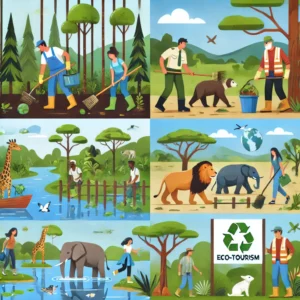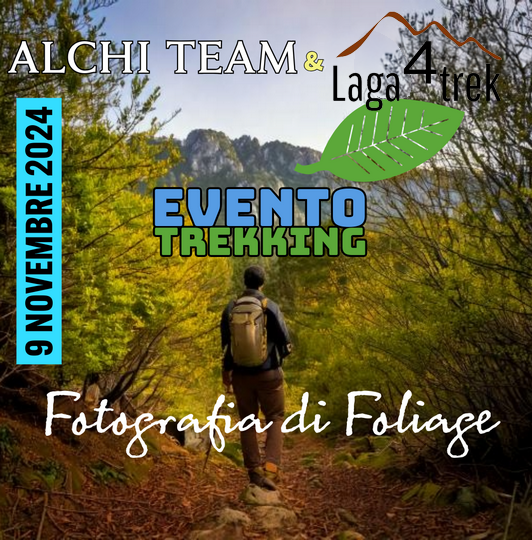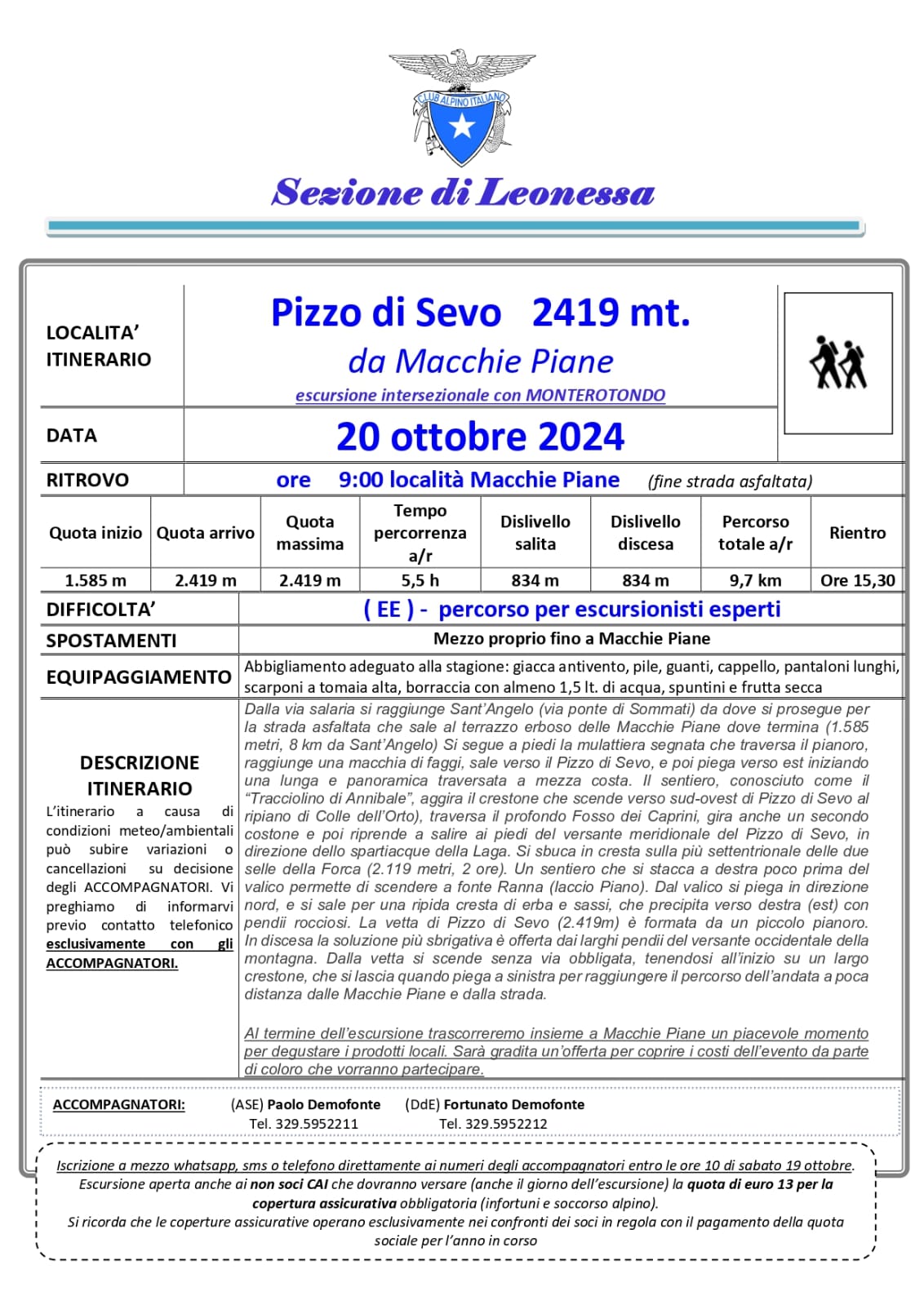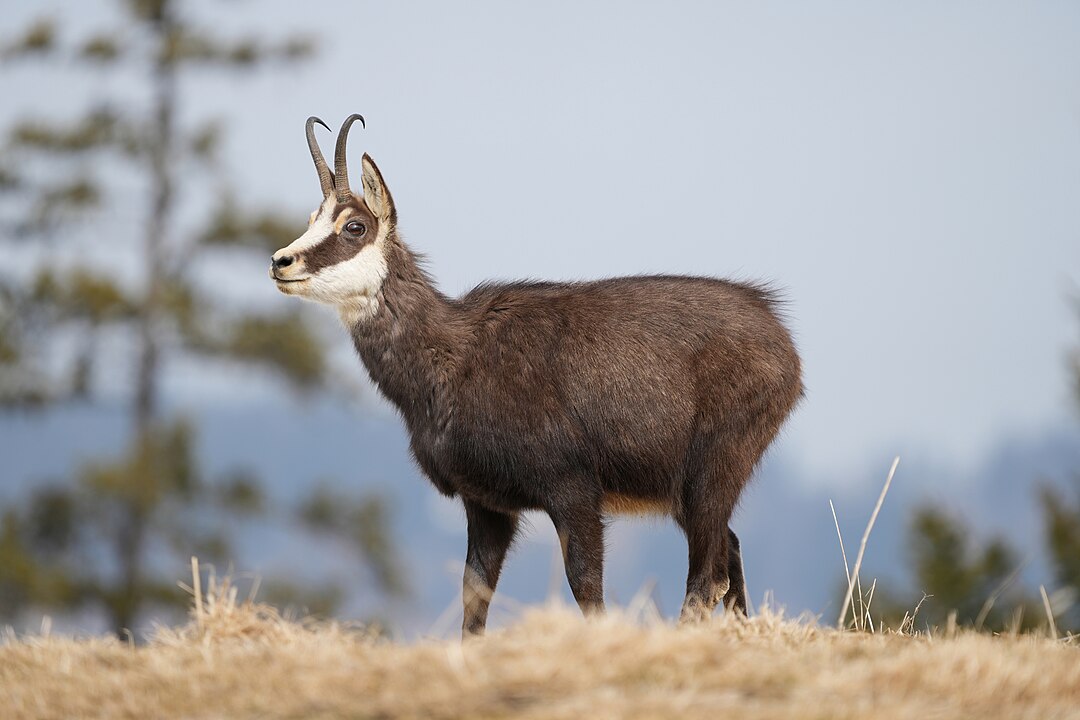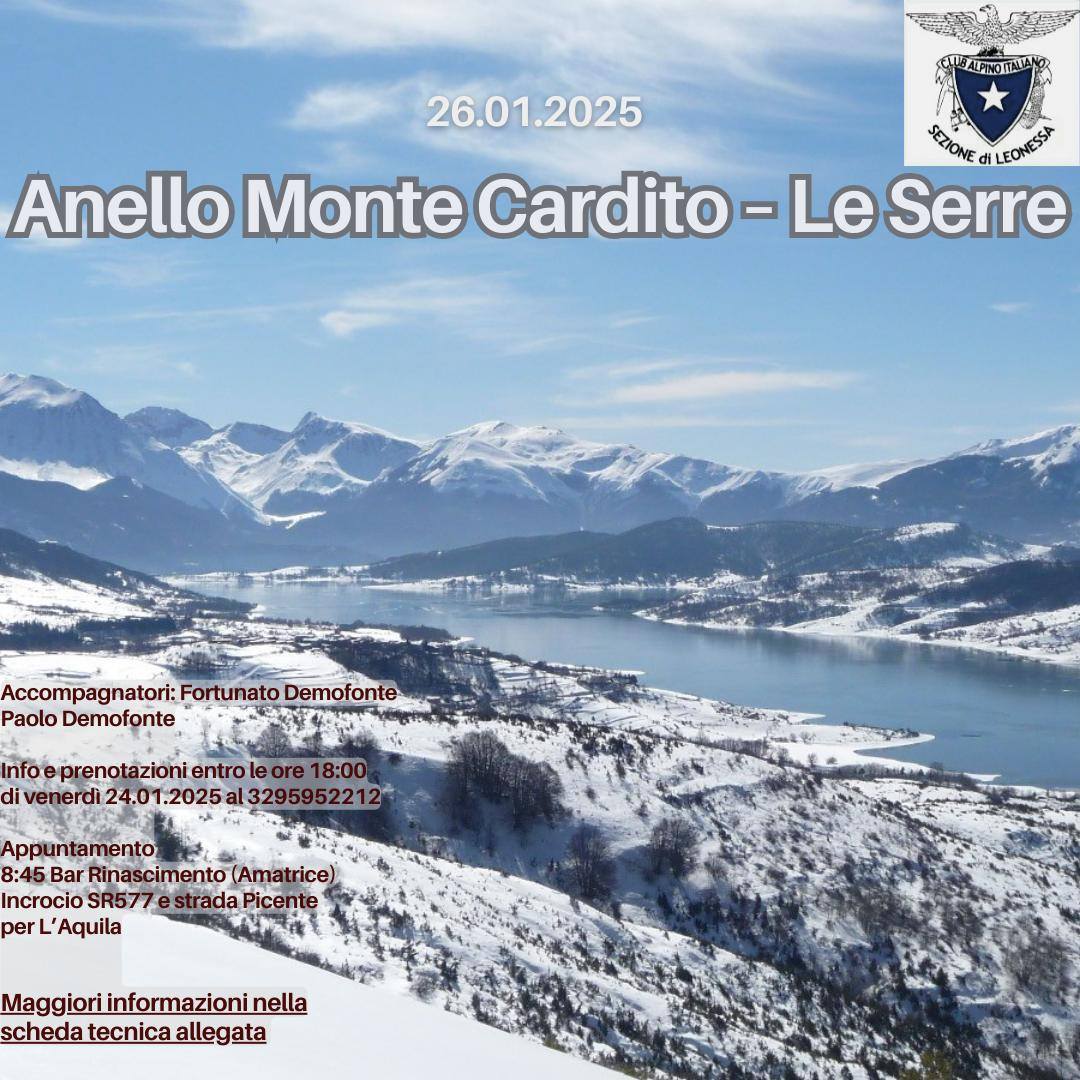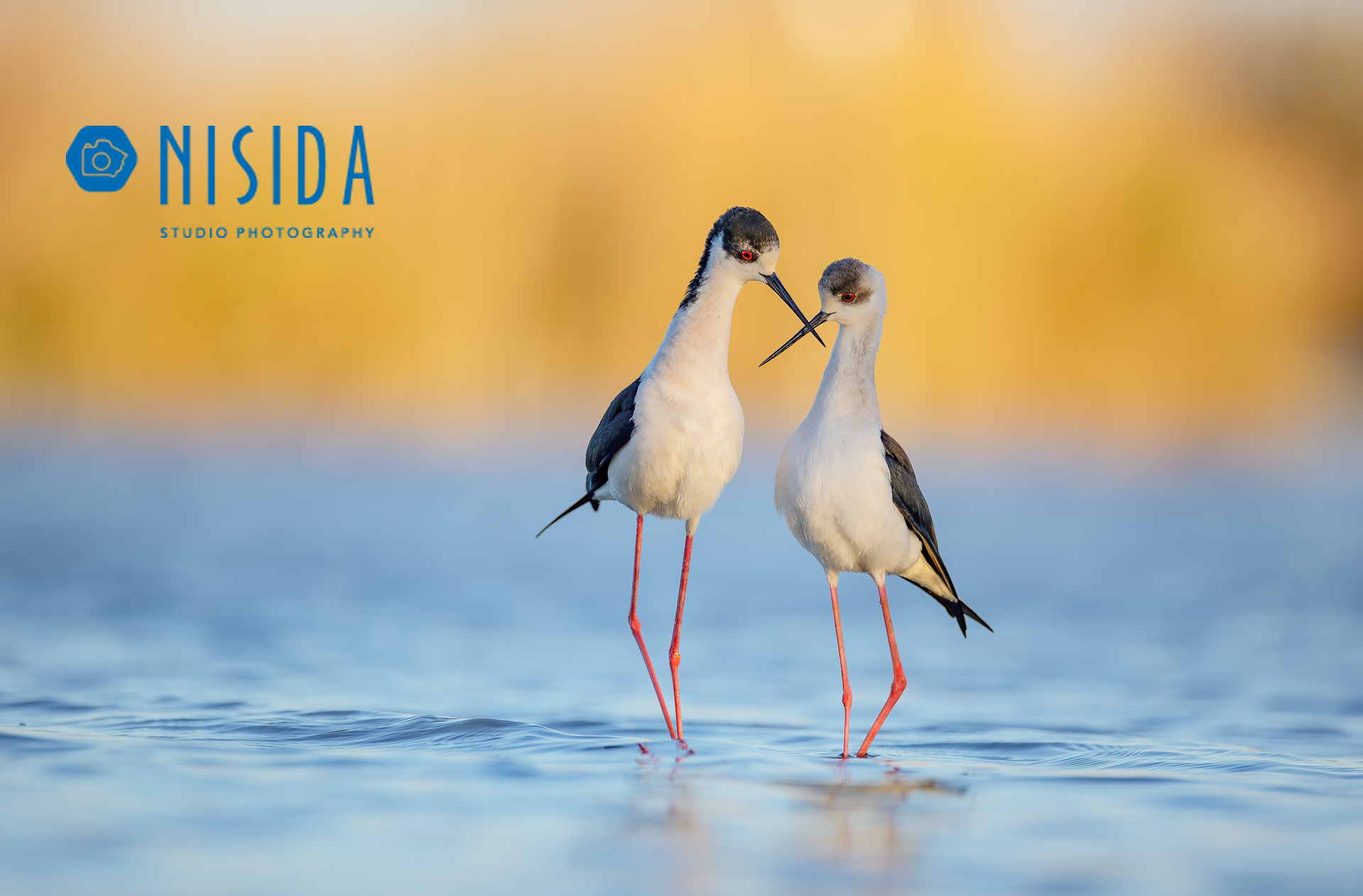What Should We Do to Protect Wildlife?
Wildlife is an integral part of our planet’s ecosystems, contributing to biodiversity, ecological stability, and natural beauty. However, human activities like deforestation, pollution, and climate change threaten countless species, pushing many to the brink of extinction. Protecting wildlife is a collective responsibility that requires a multi-faceted approach. This article explores practical steps to safeguard wildlife and their habitats.
1. Preserve and Restore Natural Habitats
One of the most critical actions to protect wildlife is preserving and restoring their natural habitats.
- Reforestation: Planting trees and restoring deforested areas helps create habitats for numerous species.
- Protecting Wetlands: Wetlands are vital ecosystems that support a variety of wildlife, from birds to amphibians.
- Marine Conservation: Protecting coral reefs and reducing ocean pollution preserves marine biodiversity.

2. Combat Illegal Wildlife Trade
Illegal wildlife trade is one of the leading threats to biodiversity.
- Strengthen Laws: Governments should enforce stricter penalties for poaching and trafficking.
- Public Awareness: Educating people about the consequences of buying products made from endangered species reduces demand.
3. Support Conservation Projects
Supporting organizations that work to protect wildlife is crucial.
- Donate to Conservation Groups: Many organizations focus on habitat preservation, wildlife rescue, and research.
- Volunteer: Joining local conservation efforts can make a significant difference, from cleaning up habitats to assisting with wildlife monitoring.
4. Promote Sustainable Practices
Human activities can coexist with wildlife if we adopt sustainable practices.
- Eco-Tourism: Encourage tourism that respects wildlife and invests in local conservation efforts.
- Sustainable Agriculture: Reducing pesticide use and adopting eco-friendly farming methods protects pollinators and other species.
5. Reduce Pollution
Pollution disrupts ecosystems and harms wildlife directly.
- Plastic-Free Initiatives: Reduce, reuse, and recycle to minimize plastic waste in oceans and forests.
- Control Industrial Waste: Strict regulations on industrial discharges can prevent habitat contamination.
6. Address Climate Change
Climate change impacts habitats, causing migration and extinction.
- Adopt Renewable Energy: Shift to solar, wind, and other renewable energy sources to reduce carbon footprints.
- Energy Efficiency: Simple measures like using energy-efficient appliances help combat global warming.
7. Educate and Advocate
Public awareness and advocacy can drive large-scale changes.
- Community Programs: Educate communities on the importance of wildlife and sustainable practices.
- Advocate for Policies: Support legislation that protects endangered species and critical habitats.
Conclusion
Protecting wildlife is not just about saving individual species—it’s about preserving the intricate web of life that supports all life on Earth. By taking concrete steps like preserving habitats, combating illegal trade, supporting conservation efforts, reducing pollution, addressing climate change, and advocating for change, we can ensure a thriving planet for future generations.
Every effort counts, and everyone has a role to play in wildlife conservation. Together, we can create a harmonious balance between humans and nature.


